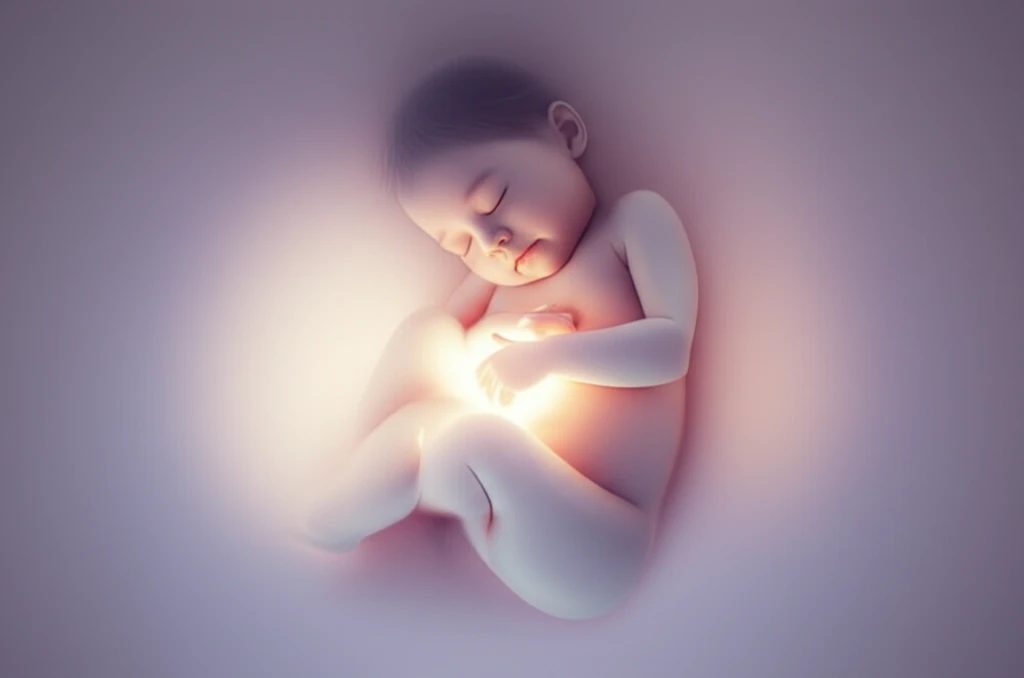
Tummy Troubles: Decoding Chronic Abdominal Pain in Children
"A Comprehensive Guide to Understanding, Managing, and Supporting Children with Persistent Stomach Aches"
Childhood should be a carefree time filled with play and exploration, but for some children, it's punctuated by the persistent ache of chronic abdominal pain. Unlike a fleeting tummy ache, this pain lingers, causing distress and disruption for both the child and their family. Understanding this condition is the first step toward finding relief and restoring a sense of normalcy.
Chronic abdominal pain in children is a complex issue. It often lacks an identifiable physical cause, making diagnosis and treatment a challenge. The pain can significantly impact a child's social life, school performance, and overall emotional well-being. For parents, it can be a source of worry, frustration, and a feeling of helplessness.
This article aims to provide a comprehensive overview of chronic abdominal pain in children, exploring the various factors that contribute to this condition, including psychological and social influences. We'll delve into potential connections with mental health disorders and offer practical strategies for managing the pain and supporting your child's journey to better health.
What is Chronic Abdominal Pain in Children?

Chronic abdominal pain is defined as recurring or continuous abdominal pain that lasts for more than three months. While the older definitions specified at least 3 episodes in the past 3 months, current medical practice often recognizes pain lasting one to two months as chronic. It is essential to differentiate functional abdominal pain, where no underlying organic cause can be identified through standard medical testing, from pain caused by specific medical conditions.
- Functional Abdominal Pain: Pain with no identifiable organic cause.
- Non-Organic Abdominal Pain: Another term for functional pain, emphasizing the absence of a physical explanation.
- Psychogenic Abdominal Pain: Pain believed to originate from psychological factors.
A Holistic Approach to Healing
Dealing with chronic abdominal pain in children requires a multifaceted approach that addresses both the physical and emotional aspects of the condition. By understanding the potential role of psychosocial factors and mental health, parents and healthcare professionals can work together to develop effective management strategies. Remember, providing a supportive and understanding environment is crucial for helping children cope with their pain and improve their overall quality of life. If you think your child may be suffering from chronic abdominal pain, consult with a healthcare professional to get an accurate diagnosis and create a personalized treatment plan.
